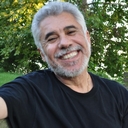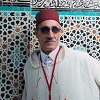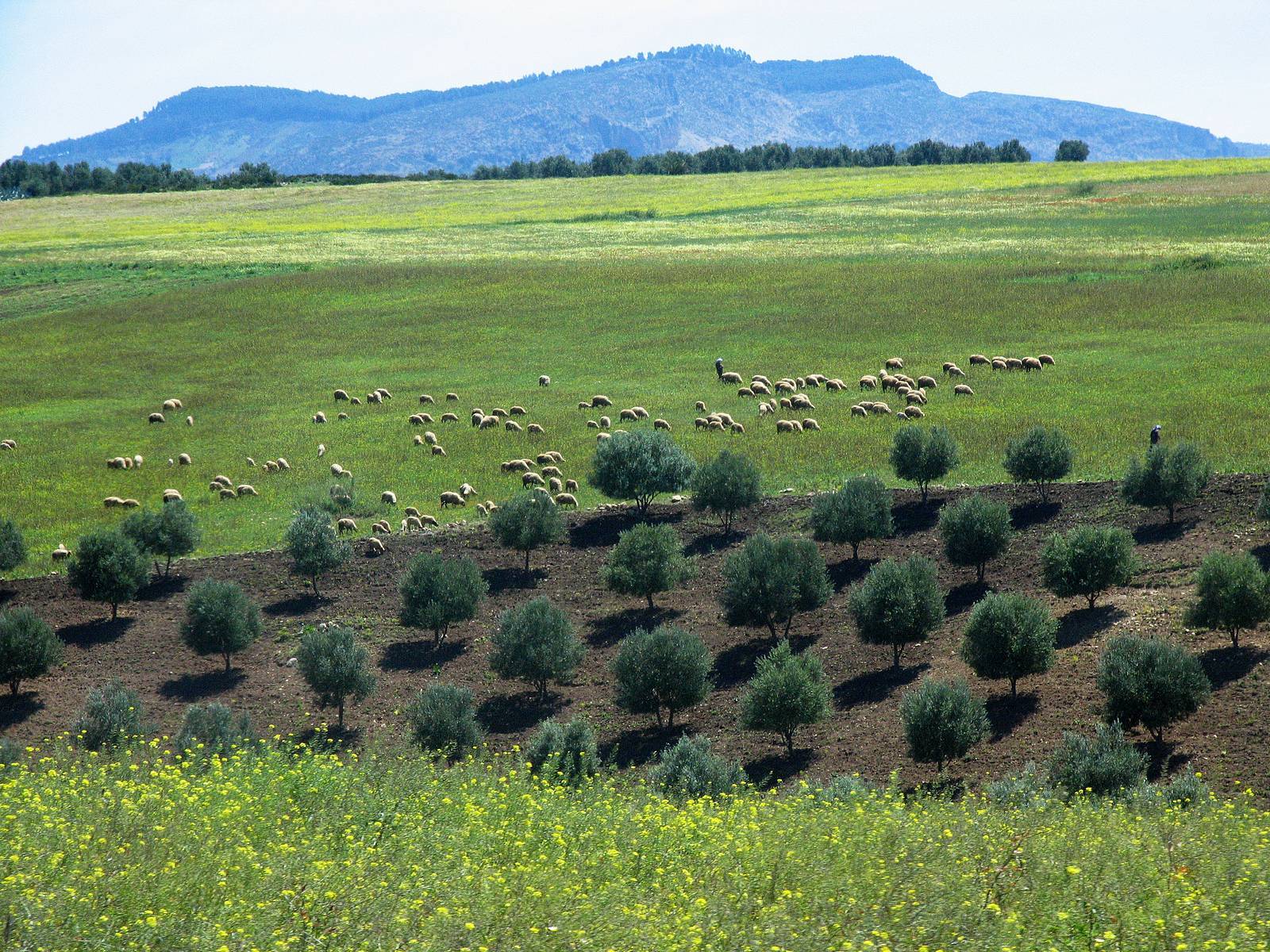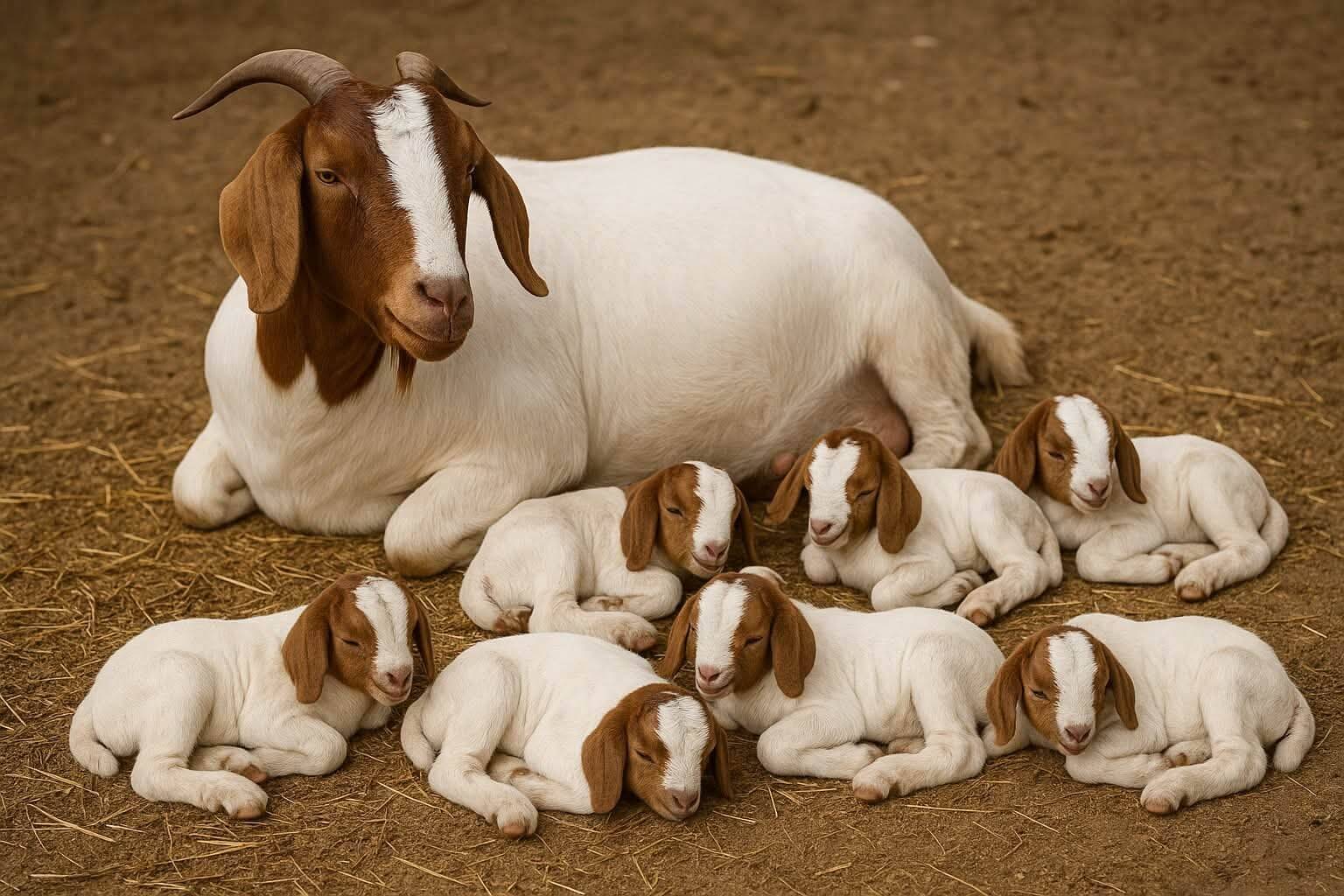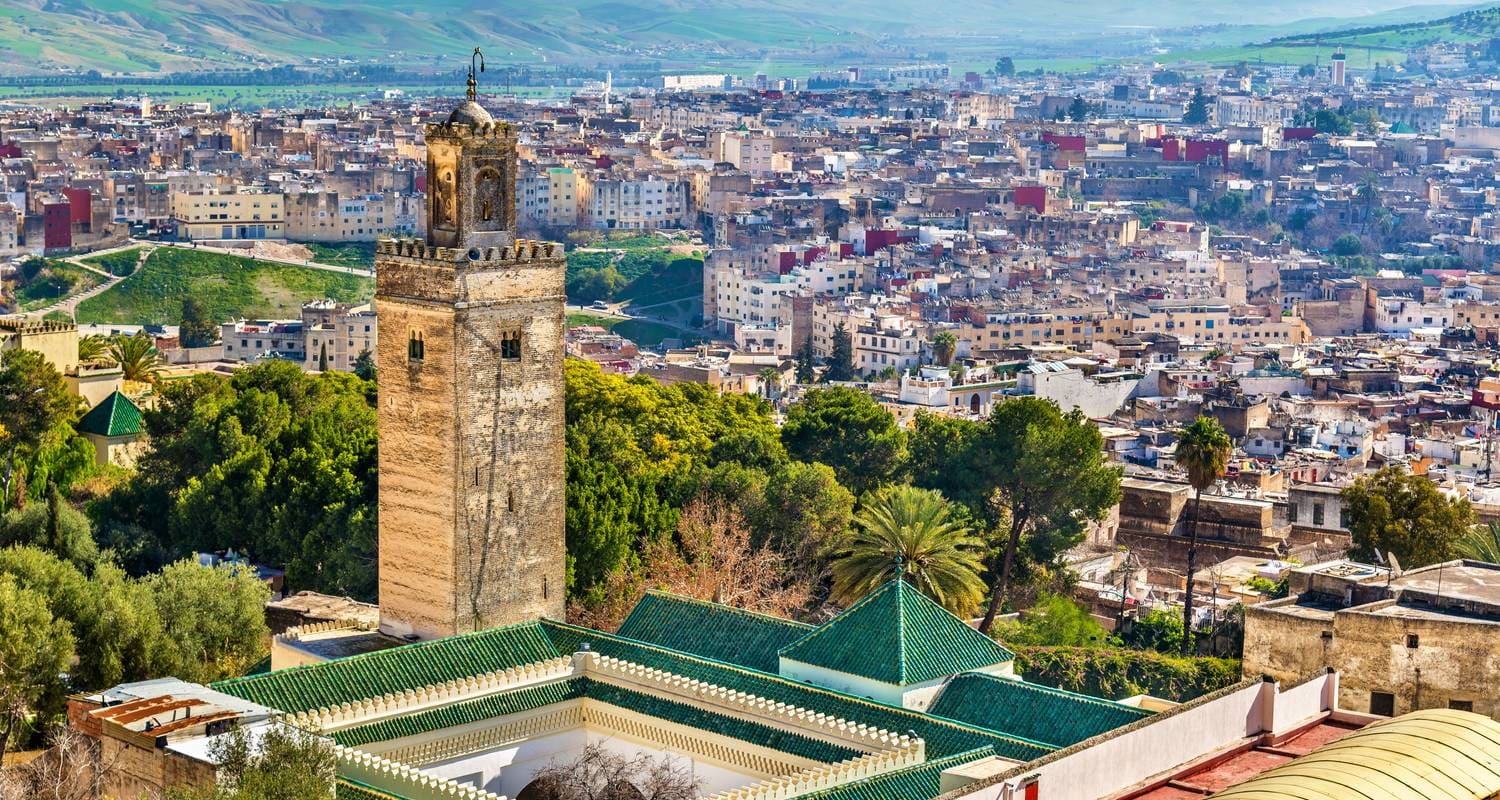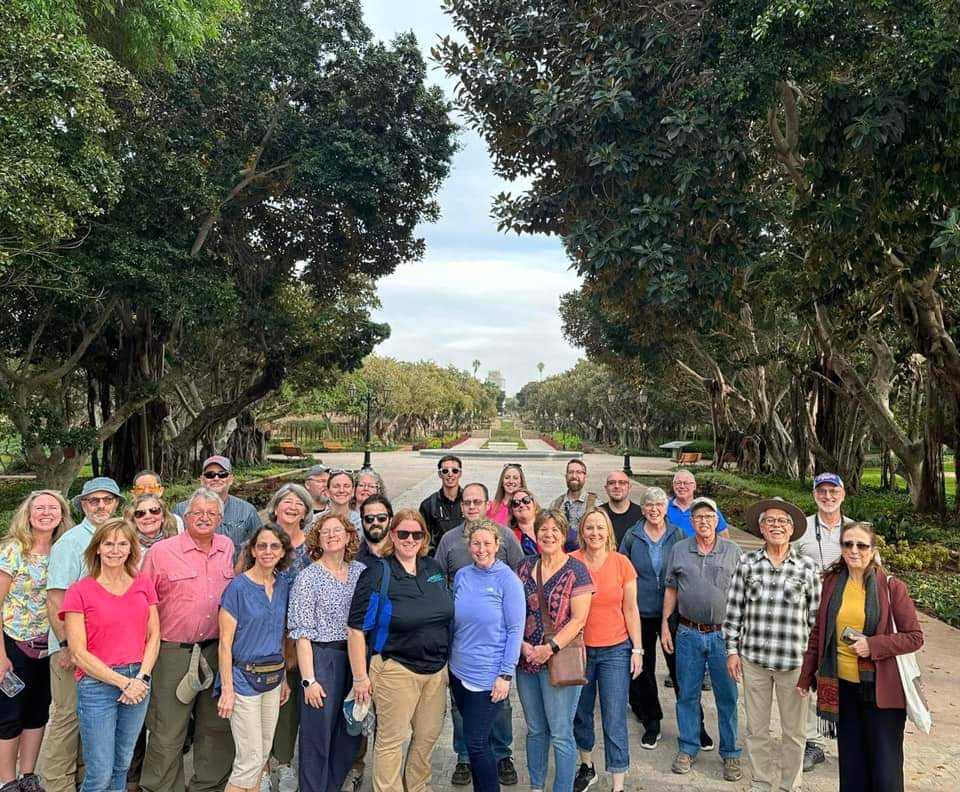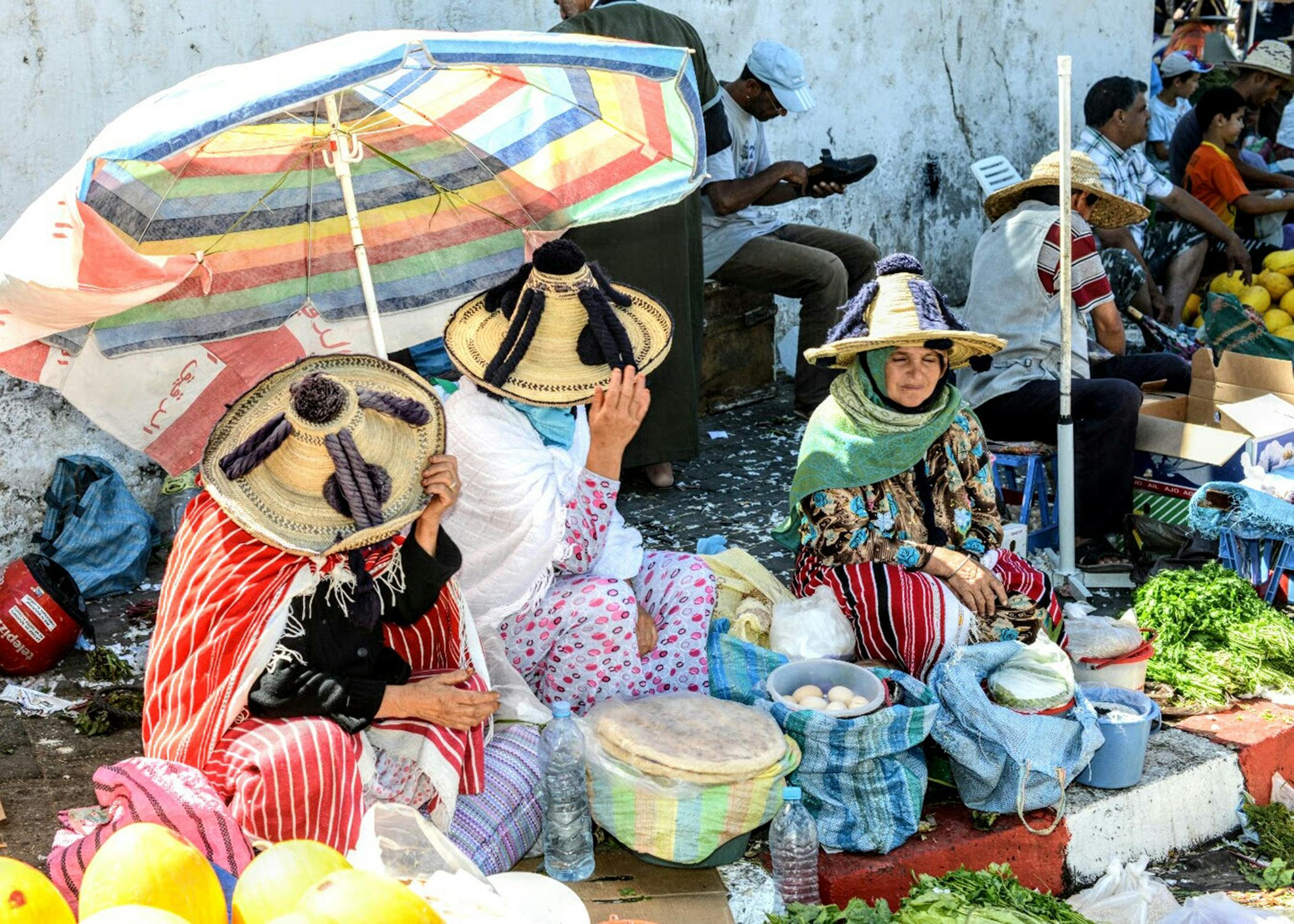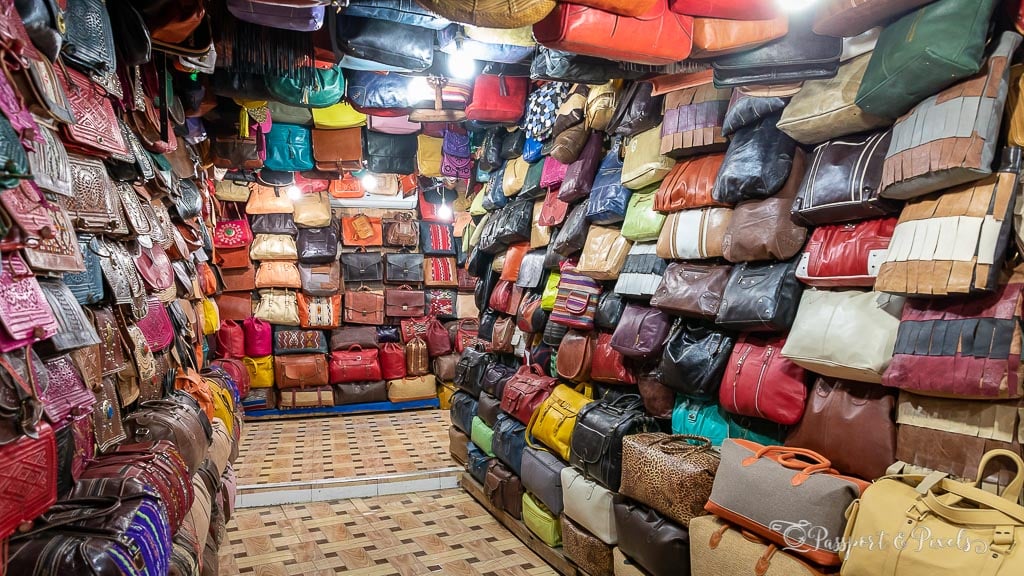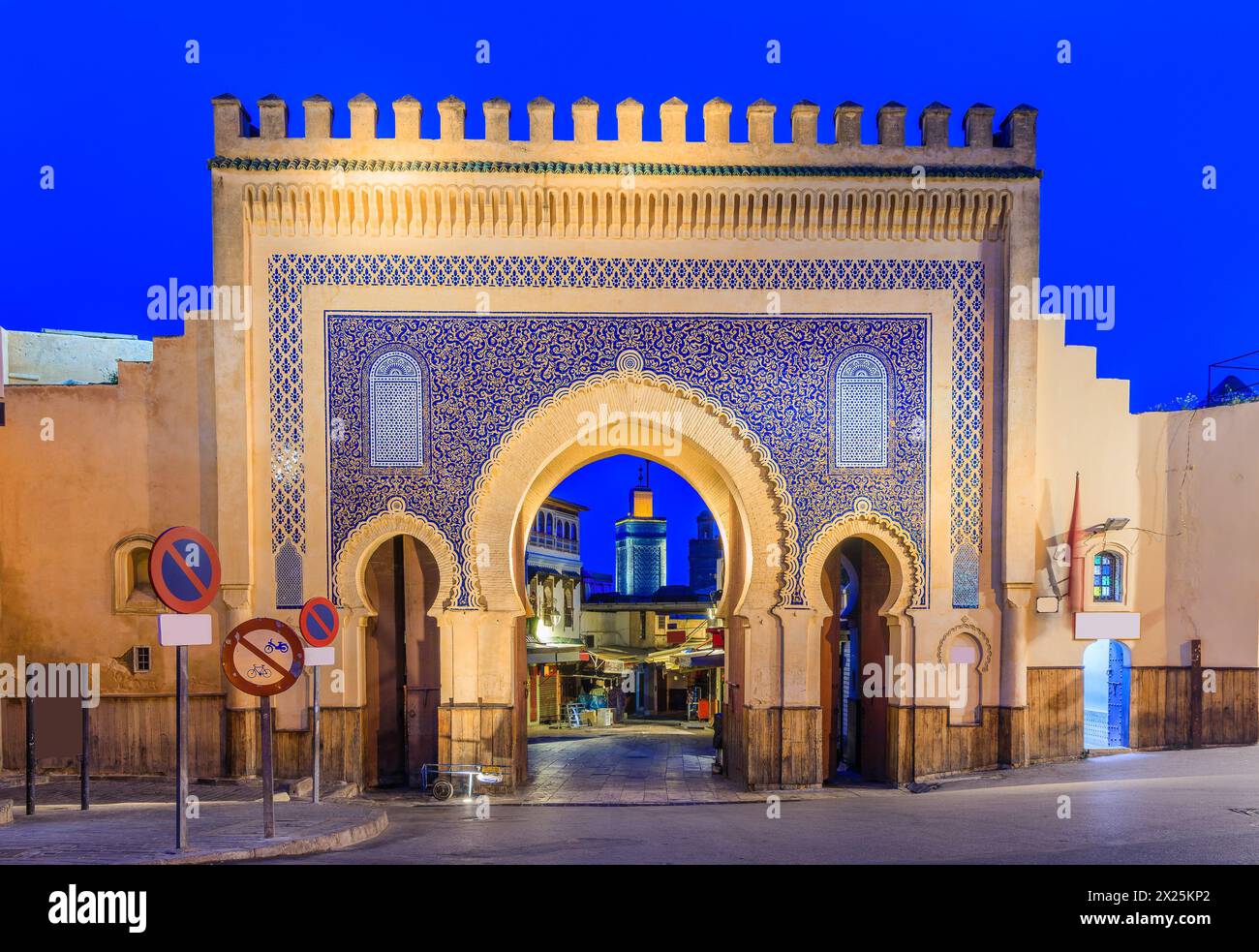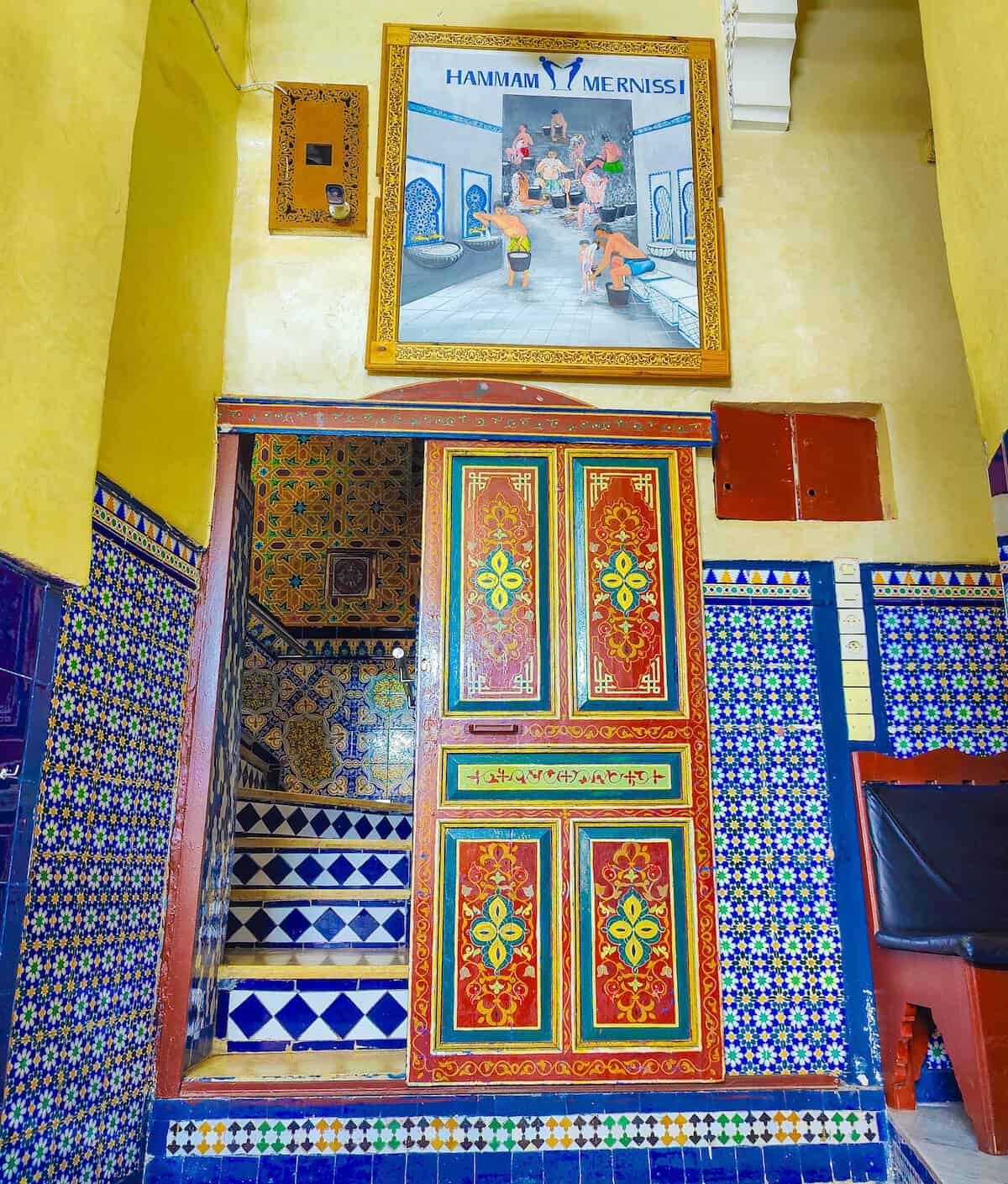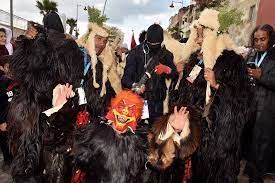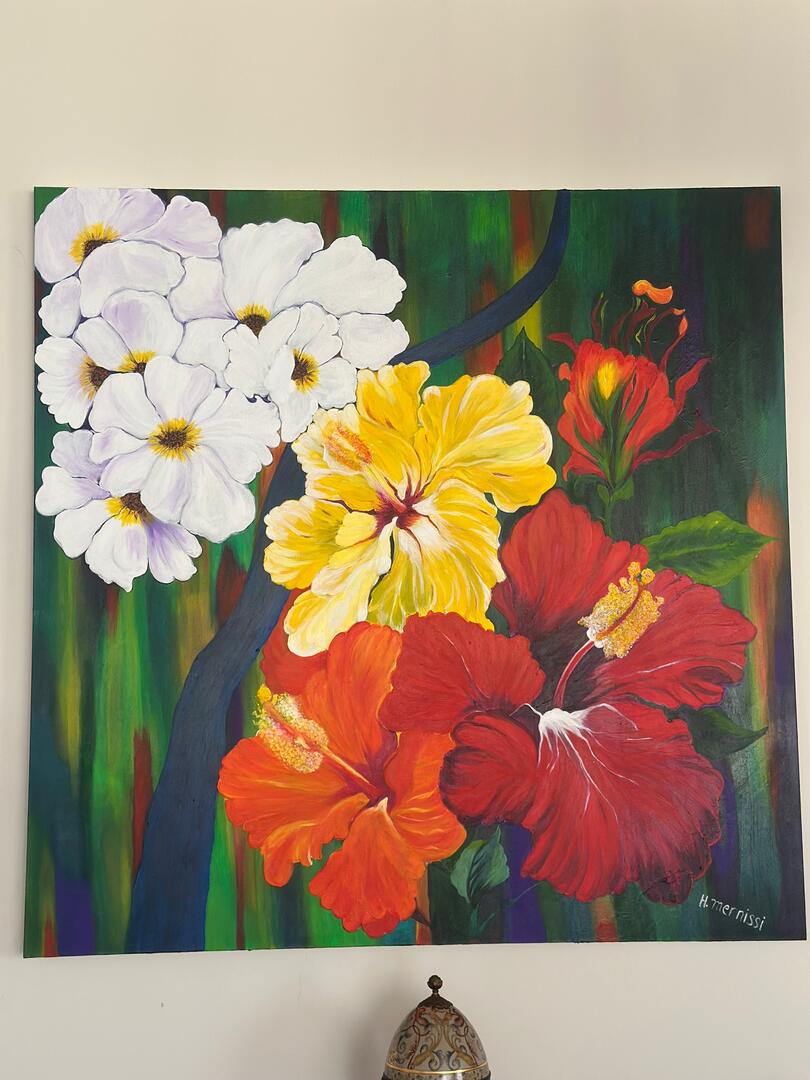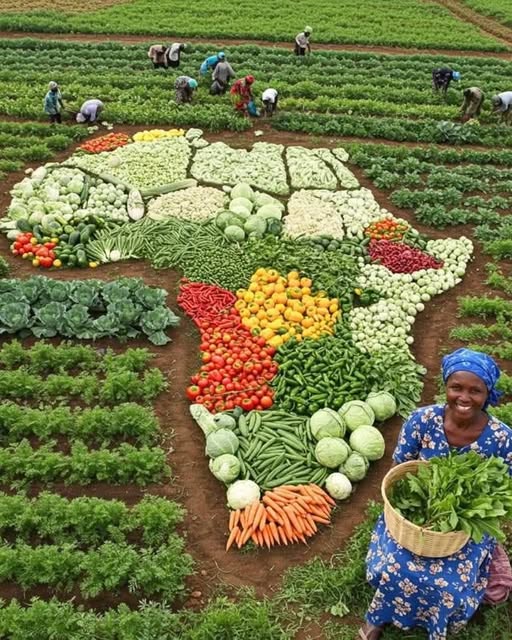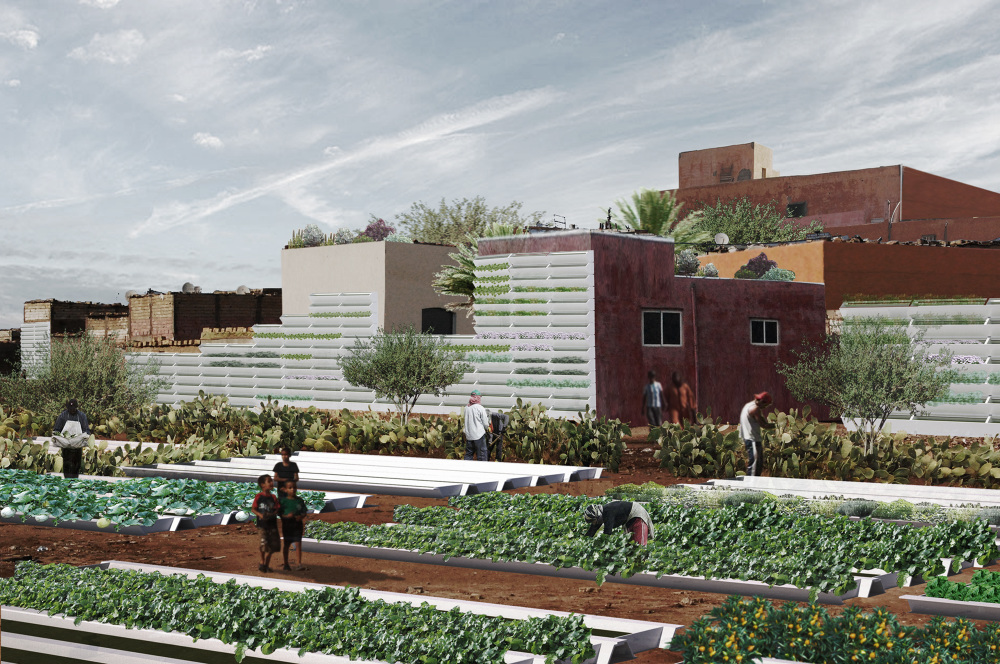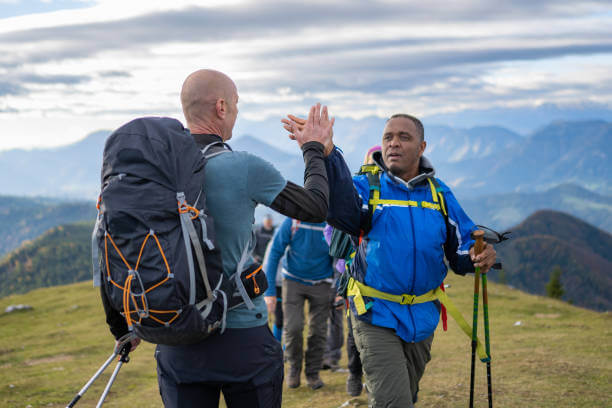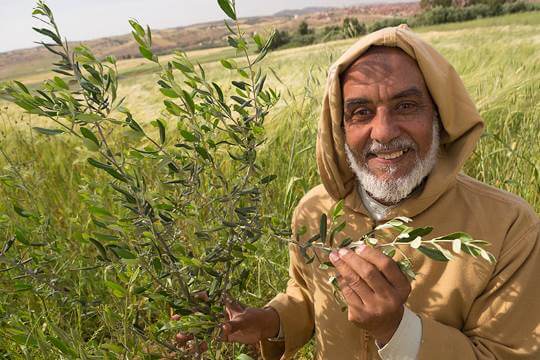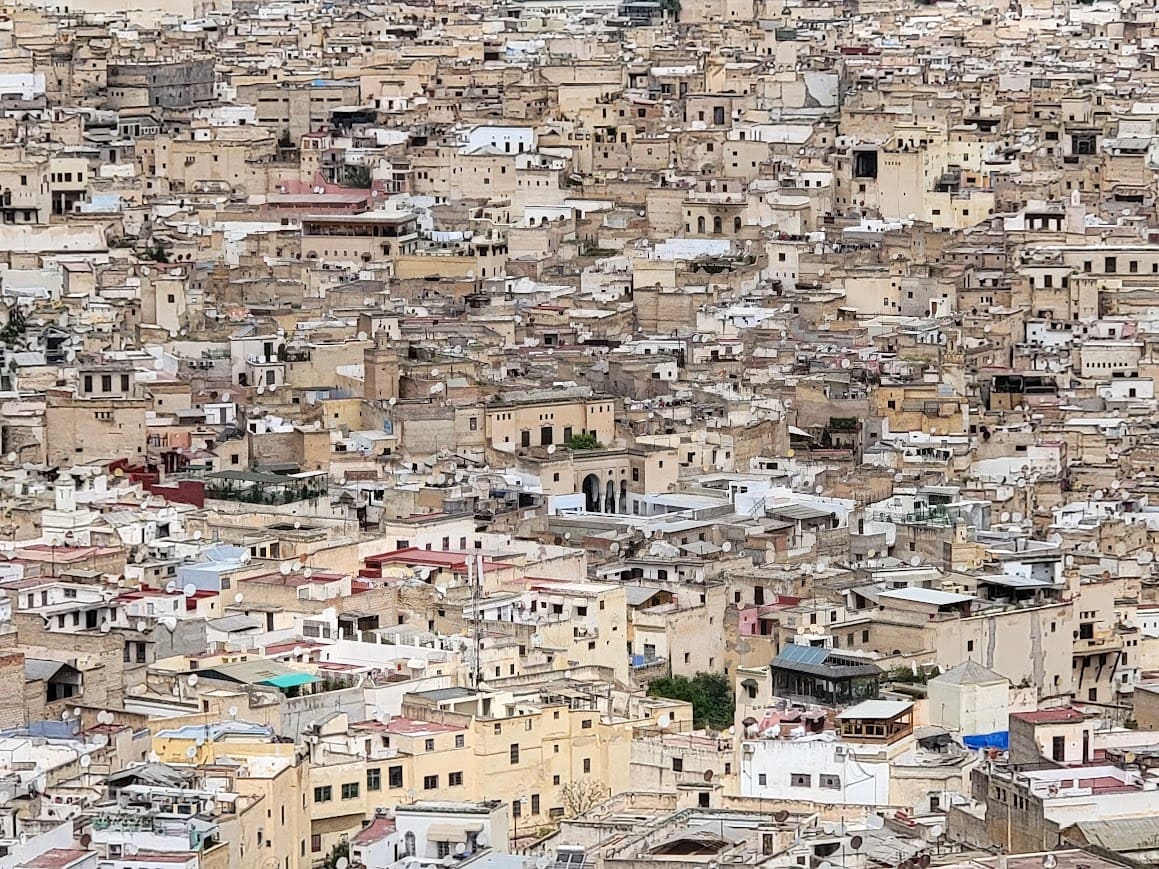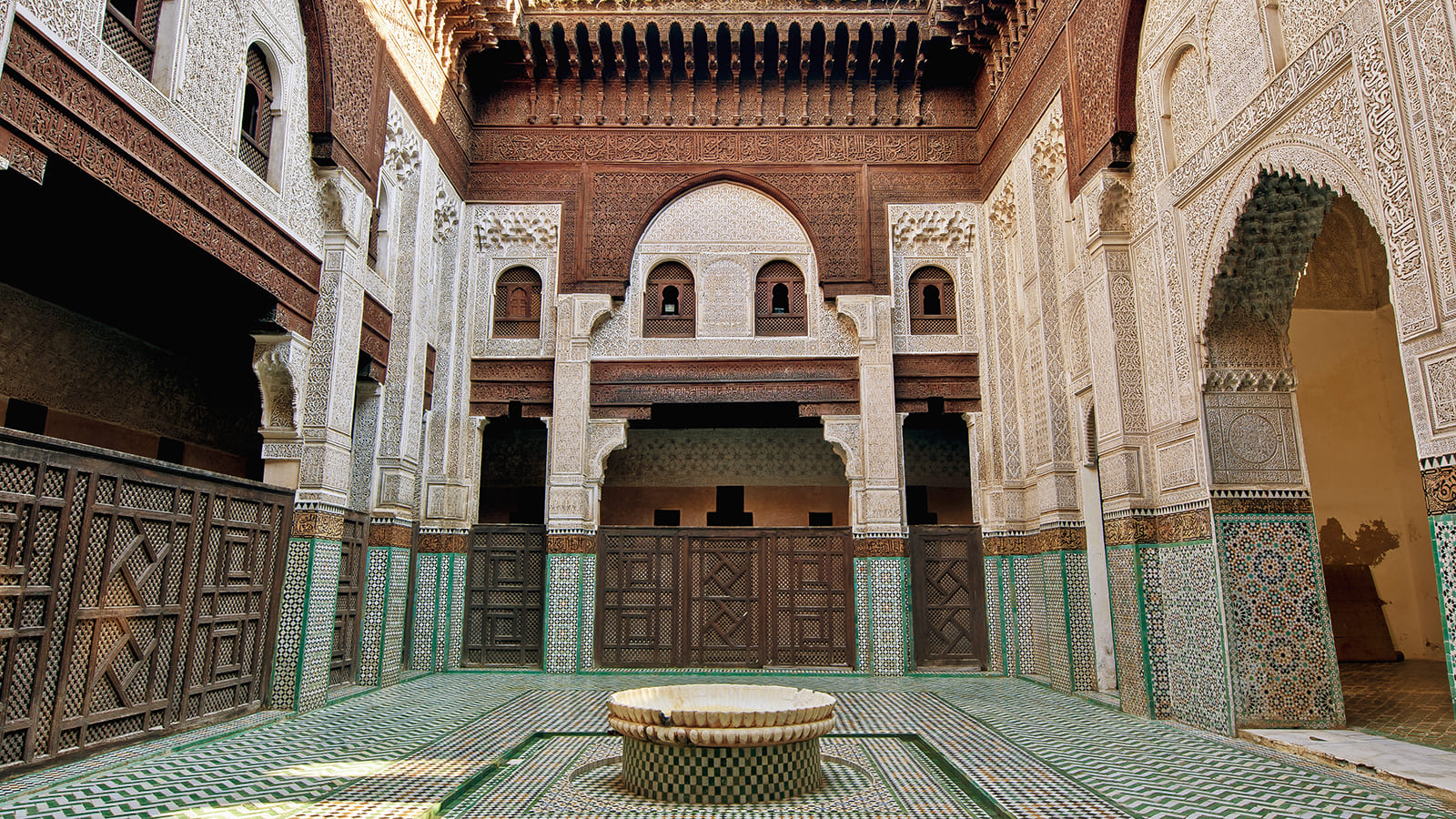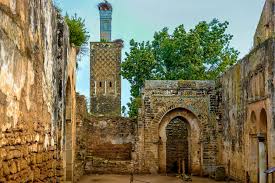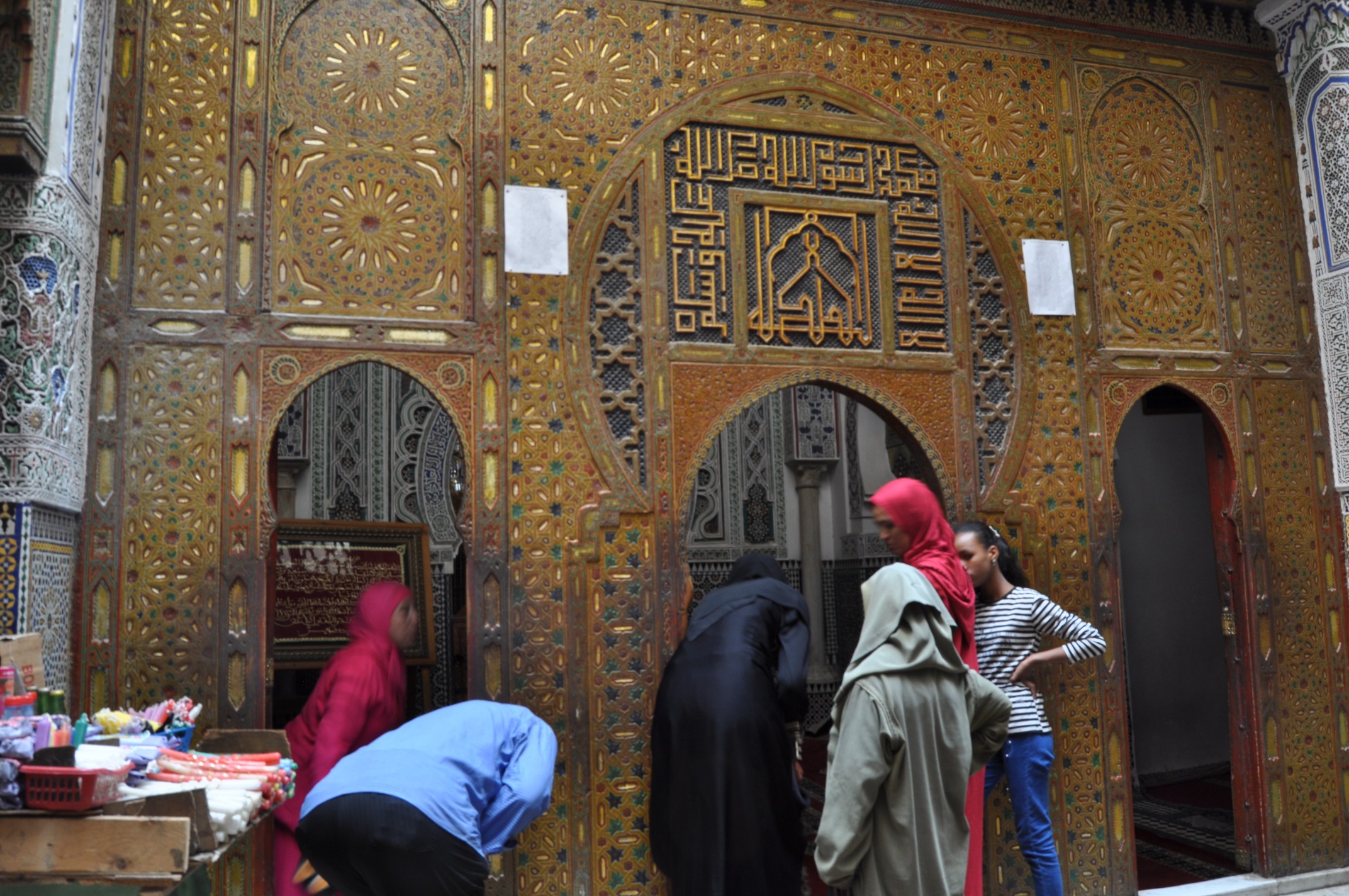Best Tours to Morocco with Sarah Tours
Immerse yourself in the allure of a destination brimming with charm and exoticism. Cultural tours to Morocco resemble soaring through a Thousand-and-One-Night fairy tale chapter on a magic carpet. Discover mythical castles, fortified forbidden cities, and vibrant markets that echo the tales of Silk Road caravans.
You might shop for an Aladdin lamp in the souks of Marrakech, while the Medina of Fez offers the allure of finding a magic carpet. Indulge in a tailor-made cultural tour of Morocco, where antiquity enchantments await at every turn. With its mesmerizing charm, Morocco remains a destination yet to be fully explored. We've carefully curated the finest cultural tours to Morocco, offering you a taste of this unique and exciting culture that's rare to encounter elsewhere.The best Morocco tours are with Sarah Tours, Inc.
Please choose from our small group cultural tour packages or reach out for a customized Morocco tour tailored to your preferences. Explore our fixed pre-packaged Morocco tours, finding the perfect fit for an enriching cultural experience. Additionally, we will delve into our active African expeditions and overland tours for a broader discovery beyond Morocco. Sarah Tours, a DMC and accredited tour operator, is your trusted gateway to a world of marvels. Experience our in-depth cultural tours or embark on an active journey to discover the diverse beauty of Morocco's landscapes and activities.
Our Morocco trips
Advanced search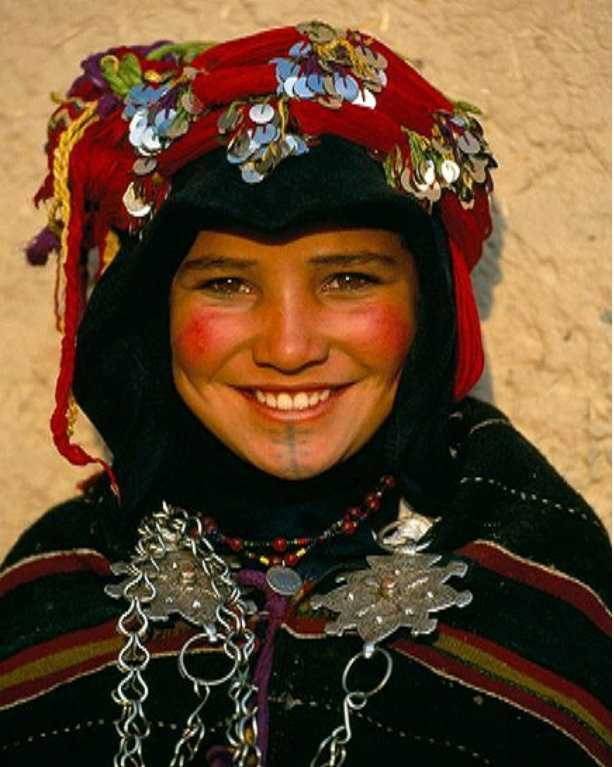
Morocco Historical Royal Cities
Welcome to our Cultural Morocco Tours. If you have only one week to visit Morocco, we recommend this eight-day tour of cultural Morocco and historic Royal cities. This is one of our classic Morocco group trips that would entice you with the history and culture of Morocco, featuring the romantic Casablanca, the elegant Rabat, the majestic ancient city of Fez, and the enticing Marrakech as the best human-made oasis on earth. You can enjoy this trip to ancient Royal Cities by joining a small group on a pre-packaged tour or make it your own as a private trip to Morocco. If small group tours are not your cup of tea, we can tailor a memorable trip for you.
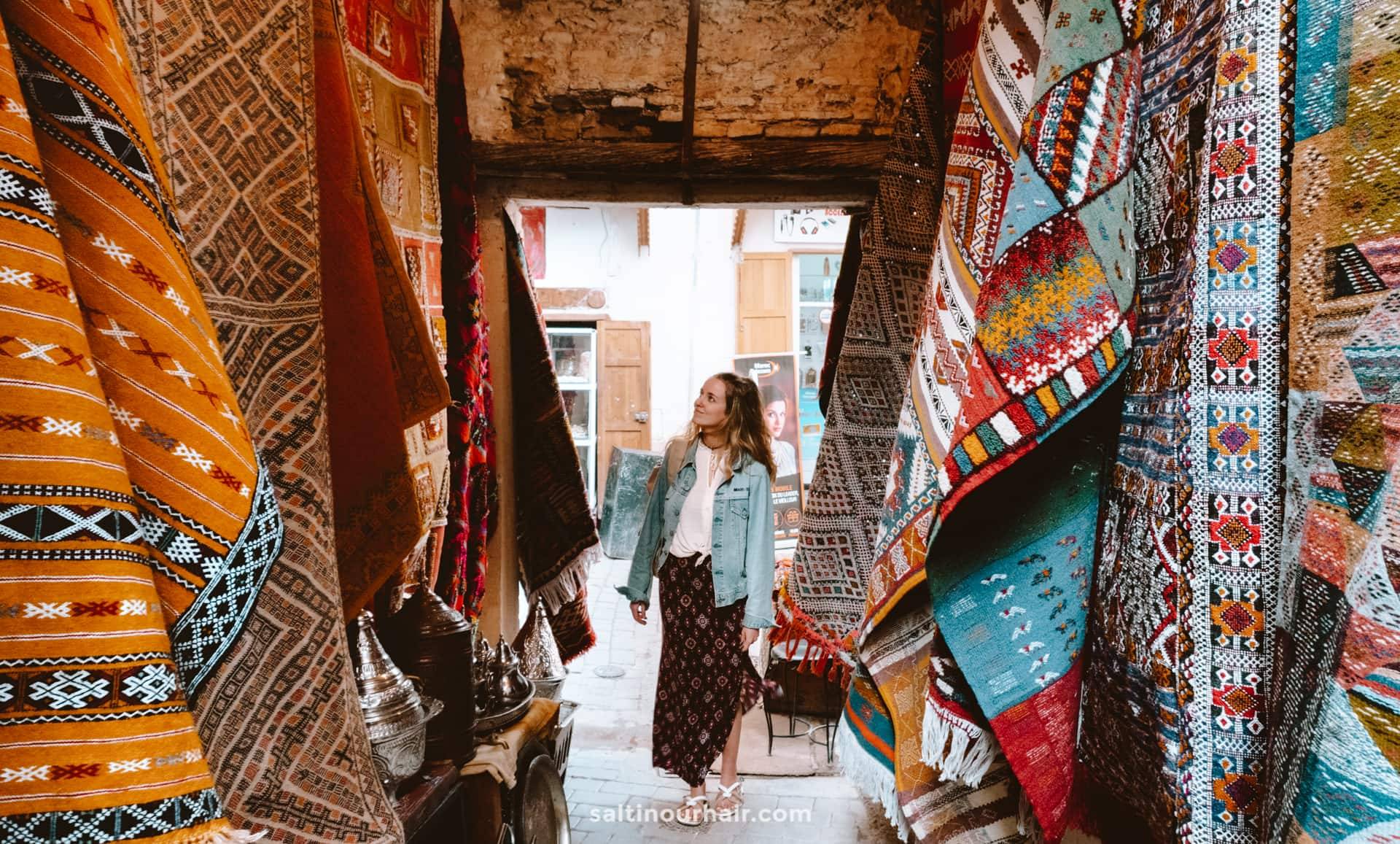
Morocco Kasbahs and Valleys Tour
Welcome to Morocco Tours! If you're a nature enthusiast, our Open South of Morocco expedition is tailor-made for you. Experience the closest thing to heaven on earth with our eight-day overland adventure trip. Trek through the majestic Atlas Mountains and Sahara Desert, exploring valleys and Kasbahs along the way. The highlight? Camping under the starry sky of Merzouga, a truly unforgettable experience.
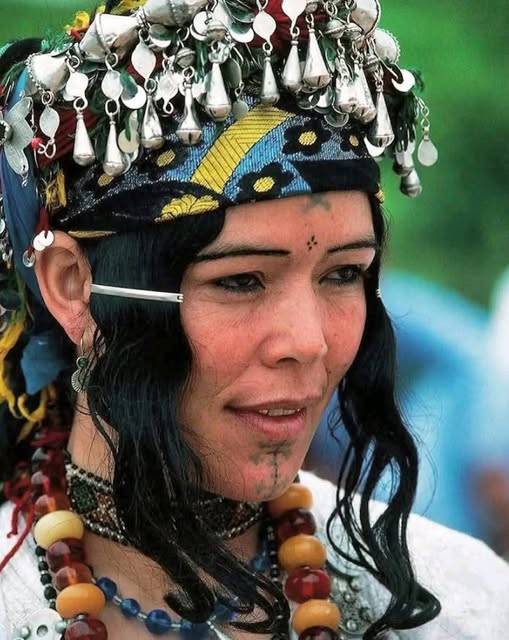
Morocco Cities, Mountains and Sahara Tour
Welcome to our small group, Morocco Tours. You can mix luxury with mild activities in a 15-day cultural and adventure tour to Morocco. On this Morocco cultural and adventure tour, you will visit major cities such as the Atlas Mountains, Berber villages, Berber Day Markets, and, more importantly, the Sahara Desert oases and Kasbahs. These diverse landscapes, contrasting sedentary and nomadic life, make this tour one of the best Morocco overland tours for small-group cultural and adventure encounters. Private Morocco tour packages are customized for those who prefer independent Morocco discoveries. Join one of our cultural and adventure tours to Morocco with small groups or on Morocco private tailored tours.
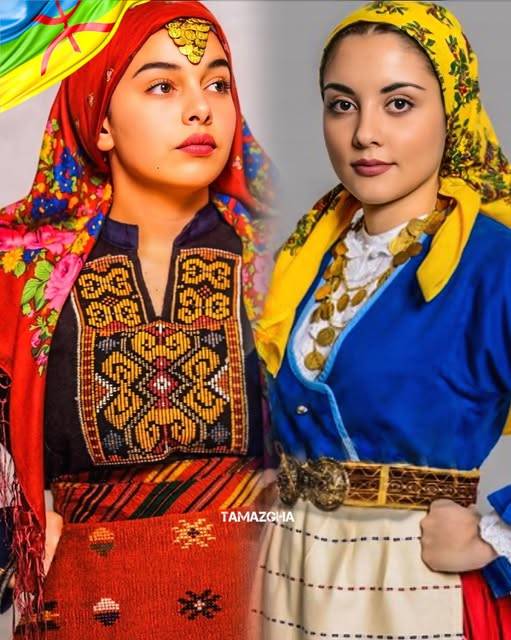
Culture and Music Tour of Morocco
Travel to Morocco to explore a vibrant culture through music with a small group. Morocco, as an ancient Mediterranean culture, is known for its surviving rituals and beliefs, poetically expressed in the daily life of its people. Music is a reflective mirror of Moroccans' secular and spiritual life; music is present every occasion to reflect the thoughts and feelings universally known to be difficult to express otherwise. The celestial essence of this music journey in Morocco will take you to a world of marvels and reflection emerging in diverse types of music, from Moroccan pop music known as Oughnia and Chaabi music to Sufi spiritual music of different tariqas expressed in chants of Samaa of the Tariqa Boutchichia or Tijani, or Shadhiliya Tariqa, to trance drumming as in Issawa, Hmadcha, Jilala, Heddawa, Gnawa and many other Sufi orders in Morocco. Rai music, Reggada Music, and Jajouka oboe melodies have attracted even big stars of Western Pop music, such as The Rolling Stones, Crosby Still Nash and Young, the Dooby Brothers, Cat Stevens, Jimmy Hendrix, Peter Gabriel, Sting, and many others who have fused or borrowed some rhythms and melodies from traditional Moroccan music. Join this Morocco Cultural and Music tour designed for small groups to learn about the first structured written music known as the Andalusian music that gave birth in the 13 and 14th centuries to Classical Western music and the famous Flamenco and Fado in Spain and Portugal. The Malhoune Music is rhythmic prose in a trendy style unique to Morocco and most authentic since the 12th century, a style that does not exist anywhere else but in Morocco. Some of the Berber Tribal music is hard to trace, as some rituals and beliefs in Morocco can go as far as the Neolithic time. Join us for this very informative palette of Morocco's music journey that might enrich your repertoire or add to your knowledge of the ethnic world of music. Learn about the history of some handmade musical instruments that exist only in some Western history books. You are welcome to dance, share, participate, and absorb a broad spectrum of indigenous Moroccan music. Are group tours cheaper? Group tours are usually cheaper than private tours. However, it would be best if you also considered that group tours save you a lot of time researching, organizing, and booking your trip and activities. Enjoy our Music expeditions to Morocco with the best tour leaders who will introduce the best of Berber rural regions and the sedentary life of ancient cities like Fez, Chefchaouen, and Marrakech. Join our small groups and private customized tours to Morocco around the year.
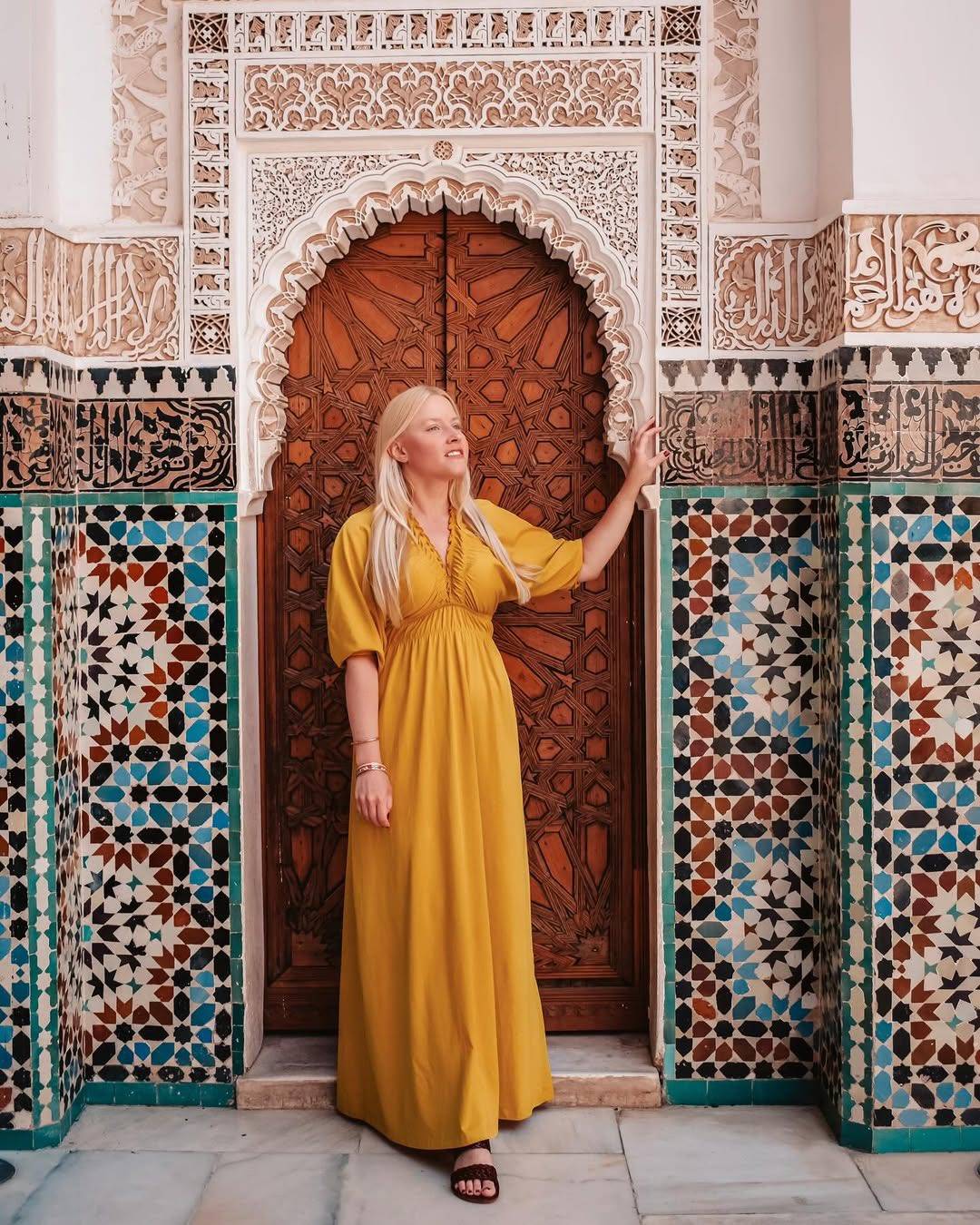
Luxury Tour to Morocco
Is Morocco a luxury travel destination? Yes indeed. Live it up; why not? Take a VIP luxury tour to Morocco with well-trained guides in a private luxury van, where you can stay at unique Moorish Palaces, Prestigious hotels, and state-of-the-art luxury Riads. Have the service you deserve from the most qualified travel specialists who will guarantee you five-star luxury treatment. Be treated like royalty in Morocco and indulge in luxury activities reserved for VIP guests. A memorable 12-day luxury trip to Morocco you will treasure for a lifetime. We invite you for special VIP activities to encounter private art Collections, treat yourself to Hammam Spa, and take a cooking class with a Moroccan chef. Explore a Marrakech sunset riding a luxury buggy around its exotic botanical gardens and palm groves. This Morocco luxury tour is designed for small groups. Still, if you prefer independent travel, we can personalize a private customized luxury tour, following your inquiries to total satisfaction. Welcome to our Morocco luxury tours.
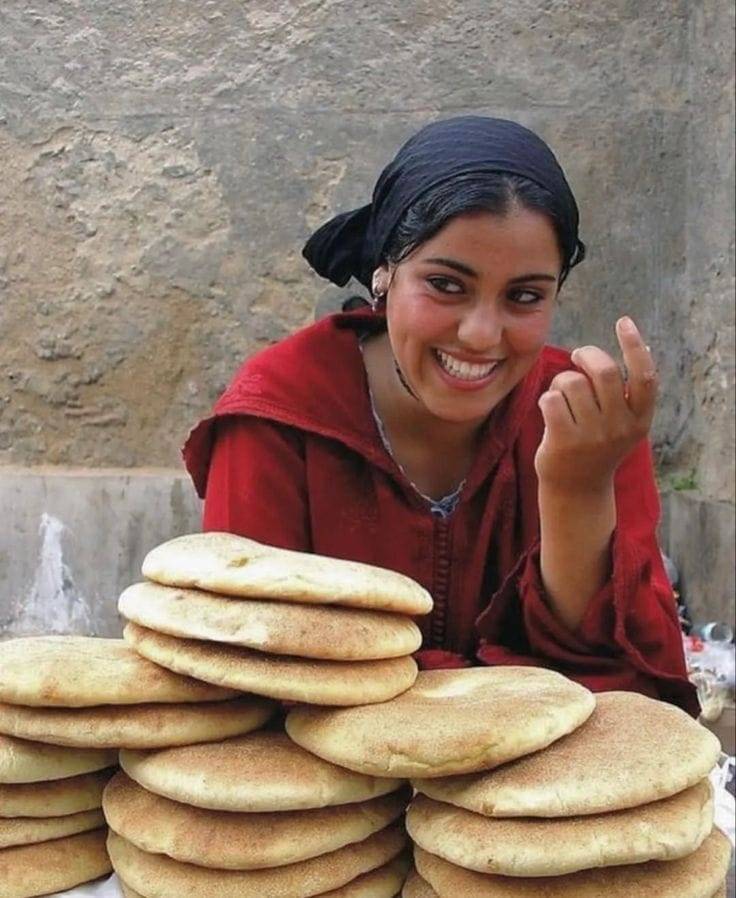
Marrakech express Tour
Explore the wonders of Morocco with our small group tours, a cost-effective and efficient way to discover the beauty of this captivating destination. While group tours are generally more budget-friendly than private options, they also provide a time-saving solution by handling research, organization, and booking for you. Welcome to our Marrakech Express tour, where you can immerse yourself in the natural landscapes, rich history, and, most importantly, the warm hospitality of its people. Experience Morocco like a local, gaining a genuine understanding of the welcoming culture. Dive into the daily life of bustling markets, uncover hidden eateries, and explore treasures off the beaten tourist path. Embark on an active adventure that follows in the footsteps of Crosby, Stills, and Nash, tracing the iconic Marrakech Express train journey from Tangier to Marrakech, where they composed the timeless hit "Marrakech Express." This Morocco adventure tour features the overnight train ride as a captivating highlight, offering a unique musical experience that continues to mesmerize the world. Explore the rich cultural tapestry of Rabat, Meknes, Fez, Chefchaouen, and other highlights, catering to music lovers and nature enthusiasts. Whether you're a music lover, a fan of breathtaking landscapes, or someone enchanted by the vibrant daily life in the souks of exotic Medinas, the Marrakech Express tour awaits. Dance to the rhythms of Jajouka music, echoing the collaboration between the Rolling Stones and tribespeople in the Rif Mountains, or drum to the sacred beats of Hmadcha music in the holy city of Moulay Idriss, reminiscent of Peter Gabriel's fusion in his repertoire. Enjoy the medieval charm of Fes' Medina—a town of unique spirit, intellect, music, art, and culture. The Marrakech Express Tour is a small group adventure with scheduled departures. Still, we can customize this tour to fit your preferred travel time and budget, allowing you to explore the best of Morocco to your preferences.
Trending Morocco Deals
See dealsCustomer reviews
Overall Rating
Guide
Excellent
Transportation
Excellent
Meals
Excellent
Accommodation
Excellent
Morocco Kasbahs and Valleys Tour
Madeline McKenzie Jun 11, 2025
I enjoyed every moment of my trip exploring the best of the Sahara desert, oases and Valleys. Morocccan hospitality is heartfelt. our guide was so knowledgeable and accommodating. I recommend this tour to everyone.
Trip date: June 2025
Support Team
Jun 11, 2025
Thank you Madame. Glad to hear that you had great time with us.
Morocco Cities, Mountains and Sahara Tour
Judy Rufuerzo Jun 04, 2025
Great trip to Morocco. Miloud our driver was the best and took great care of us. It was awesome to have wifi in the car on the long driving days. I was surprised by our tent in the desert, it had all the comforts: sink, shower, toilet, and beds. Miloud always found us great lunch stops and two of us didn't eat meat so he always made sure there were food options for us. There is no way I could have experienced all that we did in Morocco without this great tour. We had specialized guides in each location and they were also good and took care of us, especially on the mild hike day that was actually quite scary and hard for me. Wonderful experience, love Morocco and Miloud.
Trip date: May 2025
Support Team
Jun 04, 2025
I appreciate your kindness. You were great guests as well. You will always be welcome in Morocco. All of Morocco Discoveries staff are at your disposal. Many thanks, Hamid Mernissi
Morocco Cities, Mountains and Sahara Tour
Anil Mooloo Jun 04, 2025
The driver Ali was just out of this world. He is an excellent ambassador for Morocco. Obeyed all the traffic rules and one felt very safe with his driving and guidance explaining the relevance of the various sites we visited. I would recommend this trip to all that would like to visit Morocco. The saraha desert was an experience of a life time...coupled with the Atlas mountains and the cities as well as the rural areas made this trip really memorable. Shopping in the madinas slim allay's watching carpet weaving and argon oil manufacture was truly a learning experience especially tasting of the different types of dates which was all delightful. Thank you Ali and most important Khalil for making this possible.
Trip date: May 2025
Support Team
Jun 04, 2025
Your comments are heartfelt. All of Morocco Discoveries staff are grateful to you, happy for you to have a great Morocco experience, and delighted to host you. You were also a gracious guest. Thank you, Khalil
Morocco Cities, Mountains and Sahara Tour
Julia Lee Jun 04, 2025
I would like to take this opportunity to express my sincere gratitude for the wonderful, memorable trip I had in Morocco through Morocco Discoveries. I wanted to thank Mr. Khalil at Morocco Discoveries for assigning Miloud as our designated driver for the entire duration of our trip. Miloud is a professional driver with a great sense of humor and genuine care. I have not laughed wholeheartedly like this with Miloud since the sudden death of my beloved brother in May last year. Miloud was my medicine for the grief and sadness I have been going through with the lost of my loved one. Miloud has made my trip much more enjoyable and would make me like to revisit a beautiful country of Morocco again in the near future. Miloud's explanation about the places we visited is much more valuable and informative than tour guides in general. Tour guides are quite knowledgeable, but at the same time I felt somewhat awkward or burdened when not purchasing anything at the stores to where I was introduced. I liked the entire program provided by Morocco Discoveries which certainly has given us (my friend and myself) a great opportunity to experience the amazing diversity of landscape and culture. On a separate note, I feel really terrible that Morocco Discoveries paid for the broken TV at Oum Palace Hotel in Casablanca even though Morocco Discoveries has nothing to do with the broken TV. This tour operator paid to the hotel in order for us to get checked out of the hotel. I strongly feel that it's totally wrong of the hotel to demand me to pay 300 Euros. The hotel would not hear any of it. - I touched it, I broke it and I had to pay for it. It's unbelievable how the hotel demanded it like that. If the TV had been securely mounted on the wall, it would not or could not have happened when I accidently brushed against the crooked TV. This incident happened in less than 30 minutes after checking into the room on the first day in Morocco. Normally, the travel agency/operator does not get involved with any issues between hotel and its guests, but Mr. Khalil at Morocco Discoveries intervened so that I can enjoy the rest of my time in Morocco. Besides this mishap, I had a truly unforgettable once in a lifetime experience. Thank you, Sarah Discoveries and Tour Radar. Best regards, Julia Lee, San Francisco
Trip date: May 2025
Support Team
Jun 04, 2025
Thank you Julia for your kind words. you are always welcome to Morocco among friends and family. Kind regards, Khalil
Morocco Articles
Morocco FAQs
In-depth cultural and active tours to Morocco often cover a wide range of experiences. Our cultural, adventure, and spiritual tours to Morocco include:
• Exploring historic cities like Marrakech, Fes, Meknes, and Rabat, where travelers can discover UNESCO-listed medinas, kasbahs, and mosques, among many other landmarks.
• Visiting the ancient Roman ruins of Volubilis and the holy town of Moulay Idriss near Meknes, well-preserved sites that showcase Morocco’s deep-rooted history and culture.
• Engaging with Berber culture in the Atlas Mountains, where travelers can learn about traditional crafts, architecture, and local life in remote Berber villages and rural markets.
• Experiencing the Sahara Desert Mystery, with camel treks, nomadic life, and a night in traditional Berber tents under the African skies.
• Moroccan cuisine is known worldwide as one of the best gastronomies. Sarah Tours itineraries focus diligently on Moroccan gastronomy, savoring Moroccan cuisine through cooking classes, food markets, and meals in local homes.
• Attend local festivals or cultural events like the World Sacred Music Festival in Fes, sharing the deepest authentic spiritual encounters
Taking a tour to Morocco with us is to guarantee a rewarding experience. Authenticity is key in cultural tours, and many of our tours offer the chance to:
• Stay in traditional riads (guesthouses) or boutique hotels for a more genuine experience than large hotels. Knowing how to choose the best accommodations to embellish your Morocco discovery is an advantage Sarah Tours has over other tour operators.
• Interact with local artisans, musicians, and storytellers, allowing travelers to learn firsthand about Moroccan traditions. Music Tours to Morocco are our specialty.
• Participate in daily activities, such as visiting a family home for a meal in one of our historic cities, such as Fez or Marrakech, exploring local markets (souks), or spending time with Berber families in the mountains.
Morocco is a hospitable destination, a predominantly Muslim country, so understanding local customs is very rewarding:
• Dress modestly, especially when visiting religious sites. Dress decently, men and women. Women should cover their shoulders with dresses or pants to show respect and not disturb the spiritual environment and rituals of worshipers.
• Always ask permission before taking photos, especially of people in rural areas, as they tend to be more conservative, traditional, and superstitious, or in markets where people are busy with their livelihood.
• Haggling is common in markets, but always be polite and friendly. It is mainly about interacting with locals, especially artisans. They admire appreciation for their products. • Avoid public displays of affection, as these can be frowned upon in conservative areas. Moroccans have great respect for shared space and time for everything.
• When meeting locals, greet them with a handshake or say "Salam Alaikum" (peace be upon you). Moroccans compete for who is going to be more polite in greetings. Our guides are excellent at sharing this info with you. Not just recite texts from historical sites.
Cultural tours to Morocco with us often feature a variety of accommodations to give travelers an authentic Moroccan experience:
• Riads or Dar: Riads are traditional Moroccan dwellings with interior gardens in their patios. A Dar with a roof garden but a tiled or marbled patio. They are located in medinas (old cities) and offer intimate, cultural stays with Moroccan décor and architecture.
• Kasbahs or Guesthouses: In rural areas, you may stay in beautifully restored granaries, fortresses, or traditional homes with family-run hospitality. They are mainly in southern Morocco oases and valleys.
• Desert Camps: If you visit the Sahara Desert, you may spend a night in a Berber camp, typically in traditional Berber tents or luxury conditioned tents with modern amenities but an authentic desert feel in the midst of the dunes.
Food is a vital part of Moroccan culture, and cultural tours often include. Sarah Tours is a champion in this department, providing the best culinary experience in all of its tours:
• Guided food tours of local markets to try authentic eateries or street food like M’semmen (flatbread), Harira (thick fermented soup), and briouat (triangular philodow pastries).
• Cooking classes where travelers can learn how to prepare staples like tagine (a slow-cooked stew) or couscous under the guidance of local chefs. This could be done in most of the riads you will be lodged in as they are mainly family-owned accommodations.
• Home-cooked meals with Moroccan families, providing insight into traditional eating customs. This is a step deeper as it is spontaneous and most authentic. You can ask for this experience while traveling with Sarah Tours.
• Visits to spice markets and tea ceremonies, where mint tea is a cultural staple. This is an experience not only for buying spices but also for being educated by experts about the benefits of herbs and spices.
While Morocco’s official languages are Arabic and Berber (Amazigh), French is widely spoken, especially in cities and tourist areas.
• English is commonly understood in most tourist regions, but learning a few Arabic or Berber phrases can enhance the cultural experience. Simple words like “Shukran” (thank you) or “Salam” (hello) are appreciated.
• Tour guides usually speak multiple languages so that communication won’t be a barrier, but practicing a few phrases is encouraged. Please ask them at least how to learn greetings in Moroccan dialect or Arabic.
Morocco is known for its vibrant festivals, which vary by season and ethenicity:
• Fes Festival of World Sacred Music: This major cultural event in June attracts international performers of sacred music from all denominations in a stunning spiritual setting.
• Marrakech Popular Arts Festival: Held in July, this festival showcases Morocco’s folklore through music, theater, and dance. Folk music and dance are the core of every culture's artistic, spiritual, and ritualistic expression. The Folk Festival of Marrakech is a pallet of Morocco's social and anthropological aspects of life among Berbers and Arabs in Morocco.
• Timitar Festival in Agadir: In July, this festival celebrates Berber culture and music. It is open to world fusions as it is the heart of old ritualistic tunes deeply rooted in Africa.
• Moussem of Tan-Tan: A UNESCO-recognized cultural event where thousands of nomads gather for a traditional camel festival, embracing innovation while maintaining traditional ways. Sarah Tours is a scholarly tour operator.
• Rural day markets (souks): Daily village or Berber nomadic souks are a festival in themselves. You are welcome to visit them on your road trip.
• Sarah Tours is always searching for spontaneity, so wherever a cultural ceremony is happening, you will be first invited to it.
Sarah Tours In-depth cultural tours prioritize meaningful engagement with local communities, often including:
• Homestays with Berber families in cities, the Atlas Mountains, and the Sahara Desert.
• Workshops with artisans in medinas, where travelers can learn traditional crafts such as pottery, weaving, and leatherwork directly at artisan's workshops.
• Visits to rural villages, offering you to see the lifestyle of local farmers, herders, and craftspeople on your trip with Sarah Tours.
• Our Morocco tours often provide opportunities for community-driven tourism projects, where fees support local initiatives and conservation efforts. We also specialize in agriculture tours, visiting farms, and sustainable projects.
Cultural or adventure tours typically include Morocco's most significant historical, natural, and religious landmarks with immersive activities: • Koutoubia Mosque in Marrakech is one of the largest mosques in North Africa and has marvelous architecture.
• Hassan II Mosque in Casablanca, Morocco's largest mosque, has stunning ocean views, unsurpassed Moorish architecture, and Islamic Caligraphy on marble, plaster, tiles, and cedar wood. All purely Moroccan arts are created by master local artisans and architects of the Kingdom of Morocco.
• Fes el-Bali (Old Fes): The most significant and oldest medina in Morocco, it is full of mosques, madrasas (Islamic schools), craftsmen's guilds, and souks. It is a UNESCO World Heritage city that has maintained its vibrant life for over 12 centuries.
• Moulay Idriss Zerhoune: a holy town and the birthplace of Islam in Morocco from the 8th century AD. A sufi sanctuary for Muslims from around the globe.
• Chefchaouen: The most authentic blue city and perhaps the most atmospheric in the Mediterranean basin.
• Kasbah Ait Benhaddou is a UNESCO World Heritage Site and an example of traditional Moroccan earthen clay architecture. It is called the Tobe style, and it is made of sun-baked bricks unique to Morocco's southern desert and valleys. In Spanish, it is Adobe derived from the a tobe in Arabic, literally earthen.
• The Sahara experience: At least one tented night over the dunes of Erg Chebbi under the African skies. This could be the highlight of any overland trip in Morocco.
Packing depends on the season and region, but for an in-depth cultural experience:
• Modest clothing: Light, breathable fabrics covering shoulders and knees, particularly for spiritual visits.
• Comfortable walking shoes for exploring medinas, souks, and rural areas.
• Layers: The weather can vary, especially between coastal, mountainous, and desert regions. Bring warm clothes if visiting the mountains or desert at night.
• Sunscreen, sunglasses, and a hat: Morocco’s sun can be intense, particularly in desert areas.
• Re-usable water bottle: Staying hydrated is key, especially during walking tours. Most importantly bring yourself, and get your camera rolling. Morocco is a very photogenic destination.
Depending on the itinerary, our tours use a variety of transportation options, including private vehicles, 4x4s for desert excursions, camels in the desert and oases, and mules in the Atlas Mountains for trekking experiences. We may also use domestic flights or comfortable vans since we cater to small groups for longer distances to ensure a smooth and enjoyable journey.
Indeed, Sarah Discoveries most tours to Morocco include breakfast and dinner, especially those that showcase local cuisine. You’ll enjoy a mix of traditional dishes like couscous, tagines, and fresh seafood. We also cater to dietary preferences, including vegetarian and vegan options, with advance notice.
It all depends on where you come from. Citizens from Great Britain, the European Union Nations, North America, the USA, Canada, and others can visit Morocco for up to 90 days without a visa. We advise you to check with your local Moroccan Embassy or consulates for the most up-to-date information. You are always welcome to Morocco.
Morocco is the most stable and safe to visitors in the whole African continent. Safer than Spain and France in Europe. Morocco is generally safe for tourists, especially in major tourist areas like Marrakech, Casablanca, Fez, and the Sahara Desert. However, staying informed about local conditions and following travel advisories is essential to visit any destination on earth.
We're Here for You, 24/7
Whether you need help planning your dream vacation or have a quick question, our experienced travel specialists are ready to assist you. Contact us today for personalized advice and immediate answers to all your adventure-related queries.
Get in Touch